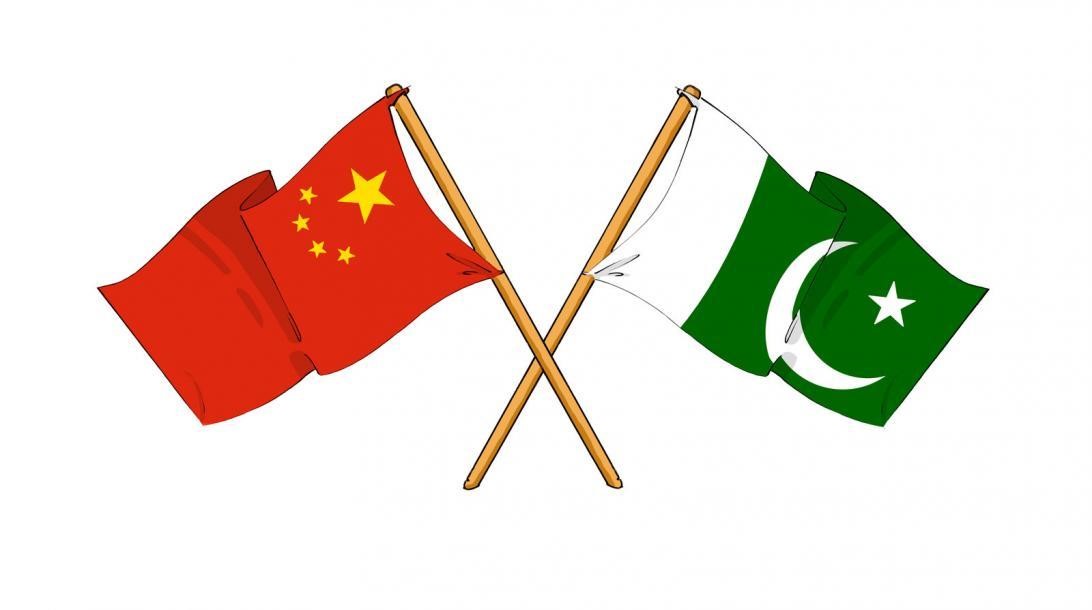
Pakistan Is All Praise for the Chinese Investments under BRI
Pakistan seems to be more than content with the Chinese investments and the progress on the developmental projects under China’s flagship BRI project. The major leg of the BRI project, known as the CPEC (China Pakistan Economic Corridor) that passes through Pakistan is moving along its planned trajectory, and the host country is very content with the progress. Pakistan dispelled notions of an increasing debt burden and praised the investment’s impact in providing a much needed economic boost to the country.
The early harvest projects that had been launched in the first phase of this infrastructural development cooperation between the two countries have almost been completed. These 22 early harvest projects alone cost over $19 billion.
The first phase of infrastructural development that resulted from the BRI investments have brought new networks of roads to improve connectivity and built power plants to ease the energy shortfall. These early developments have helped stabilize the economy and provide it with the base to grow from.
The longer-term infrastructural projects under the investment are still underway. The deep-sea commercial port at the southwestern edge of Pakistan at Gwadar will come online in phases. The port sits at an extremely beneficial location as it overlooks one of the busiest oil and gas transportation routes in the world. It has been touted as the gateway to the CPEC. This will have a number of benefits to many players involved. First off, it will further enhance the economic potential of the host country as the deep sea port caters to huge chunks of the world’s marine trade, especially the ones related to energy resources from the Middle East. Secondly, it will also serve the economic interests of the landlocked Central Asian region as it will provide them with easy access to the world markets for their imports and exports. Last but not least, it serves China itself by shortening the route of its energy supplies and providing it with an alternative trade route for its exports to the Middle East, Europe, and Africa.
Despite the flaws pointed out by the skeptics in the nature of the investments, the host country is content and goes on to defend the usefulness of this economic and developmental partnership. It points out that the Chinese investments and the resulting infrastructural developments have employed thousands of people across the local economy besides boosting the infrastructural capacity of the host country.
